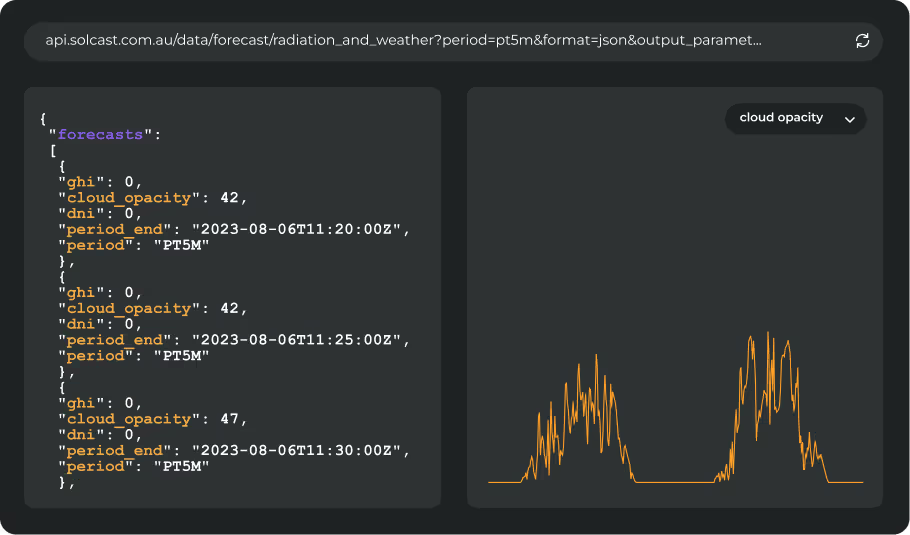A notable shift in solar irradiance patterns across East and Southeast Asia was observed in September, with a clear split in outcomes across China and emerging La Niña signals in the tropics. Eastern China and the Yellow Sea basin, which have experienced above-average irradiance all year so far, finally saw conditions turn cloudy and wet, while southern and western parts of the country remained sunnier than usual. These shifts were driven by an anomalously strong ridge over the mid-latitudes and warm North Pacific waters, according to analysis using the Solcast API.
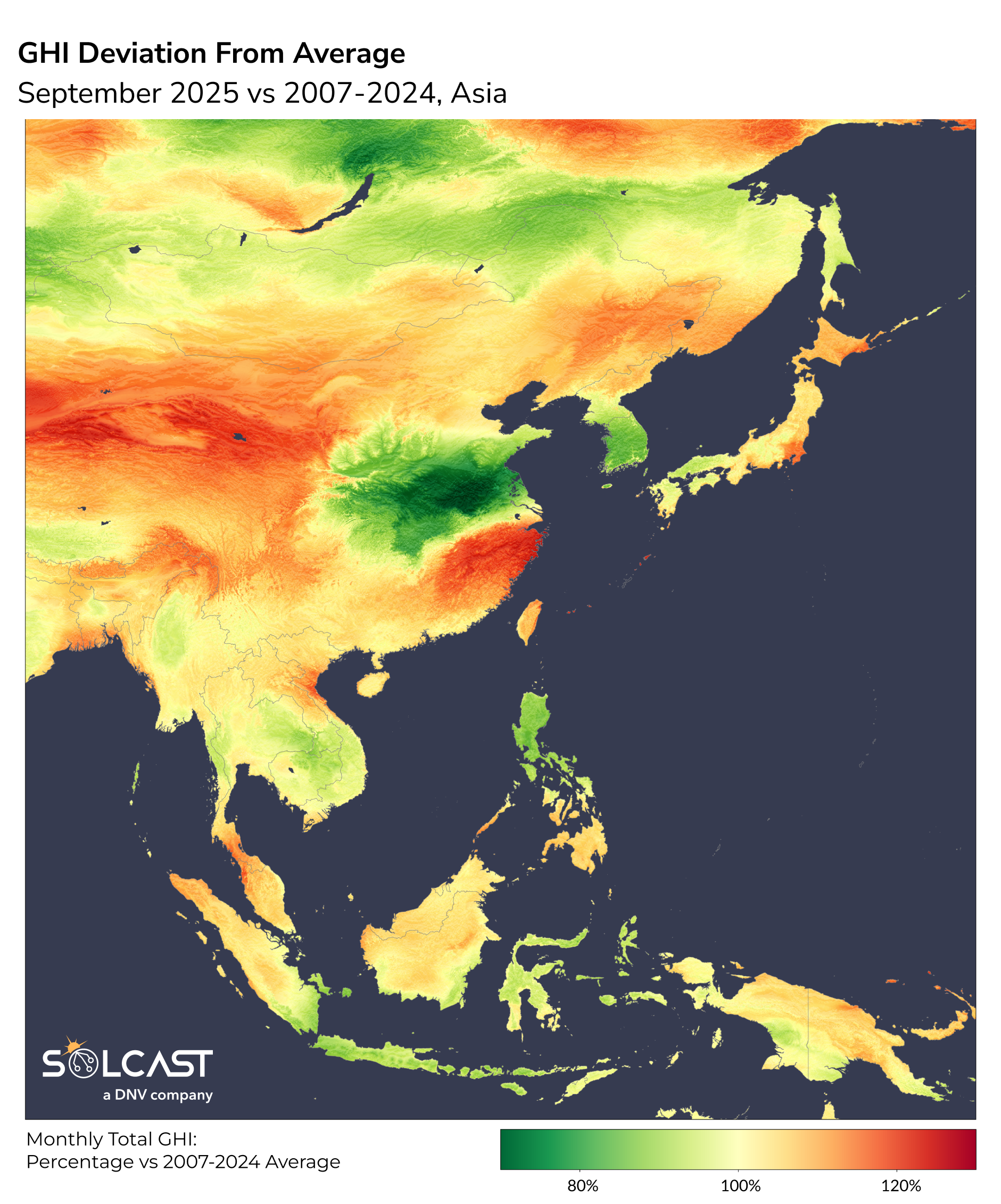
The most significant negative anomalies were recorded around the Yellow Sea, including coastal regions from Qingdao to central China. This downturn marked the end of a long streak of positive irradiance anomalies in the region. A persistent high-pressure ridge, interacting with unusually warm sea surface temperatures in the North Pacific, intensified convection and rainfall over this basin. The resulting cloud cover suppressed solar irradiance by as much as 30% below the seasonal norm. Meanwhile, the circulation around the high promoted offshore winds that cleared skies over northern China and Japan, with Hokkaido seeing irradiance climb 10% to 15% above average.
Elsewhere in China, irradiance remained above average. The reduced frequency of typhoons this season – apart from the intense Typhoon Ragsa – combined with strong trade winds and the dominant anticyclonic pattern, led to suppressed cloud formation across much of the south and west. Regions from Shanghai through Northern Vietnam and into the Tibetan Plateau recorded irradiance anomalies up to 25% above climatology. Despite Ragsa’s disruption in Taiwan, Hong Kong, and the South China Sea, its localised impact did not significantly alter the broader irradiance pattern.
Across the tropics, September featured classic early La Niña signatures. The western Pacific, especially the Philippine Sea, experienced enhanced irradiance as convective activity shifted away from the region. Conversely, the Indian Ocean side of the monsoon belt saw increased cloudiness and rainfall, suppressing irradiance. Over the Philippines, a particularly strong southwest monsoon, likely fuelled by warm sea surface temperature anomalies, brought persistently overcast conditions and depressed irradiance levels.
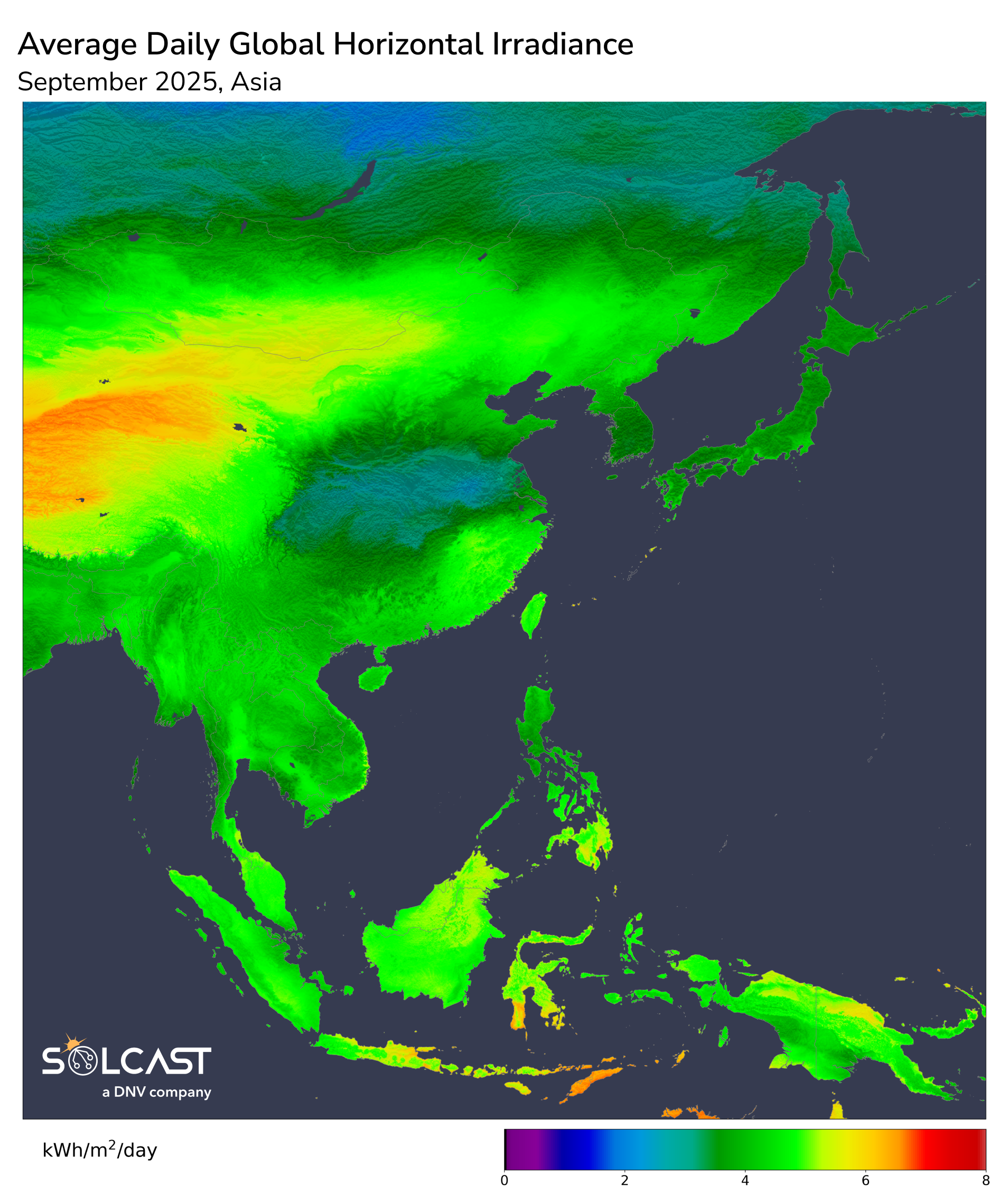
Looking ahead, seasonal forecasts suggest a continuation of these broad patterns. While the recent July forecast anticipated favourable solar conditions through the remainder of 2025, the models are aligning around a scenario of declining irradiance through Southeast Asia and Oceania into the final months of the year, consistent with the developing La Niña phase of the ENSO cycle.
Track weather conditions, cloud movements, and irradiance-influencing factors that might impact your solar generation. Access bankable actuals and accurate forecasts when you sign up for a Solcast API toolkit. You can reach out to our team for an extended trial.








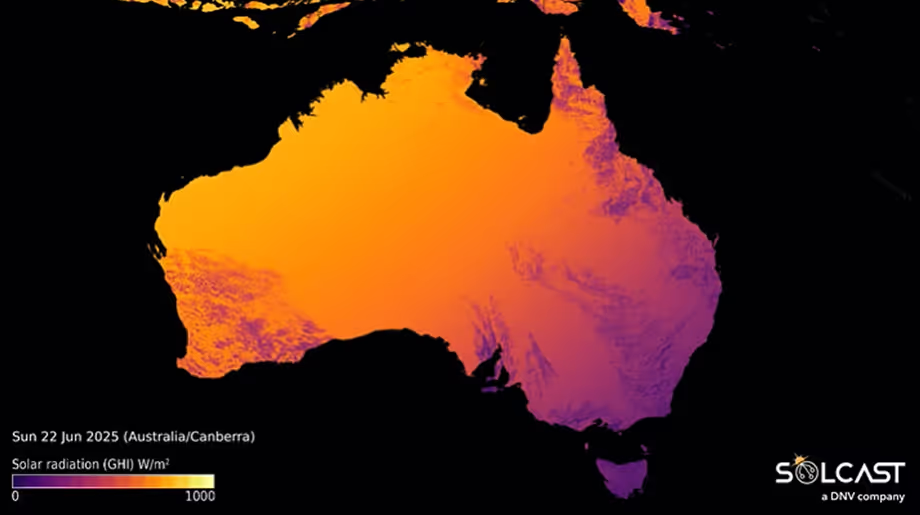
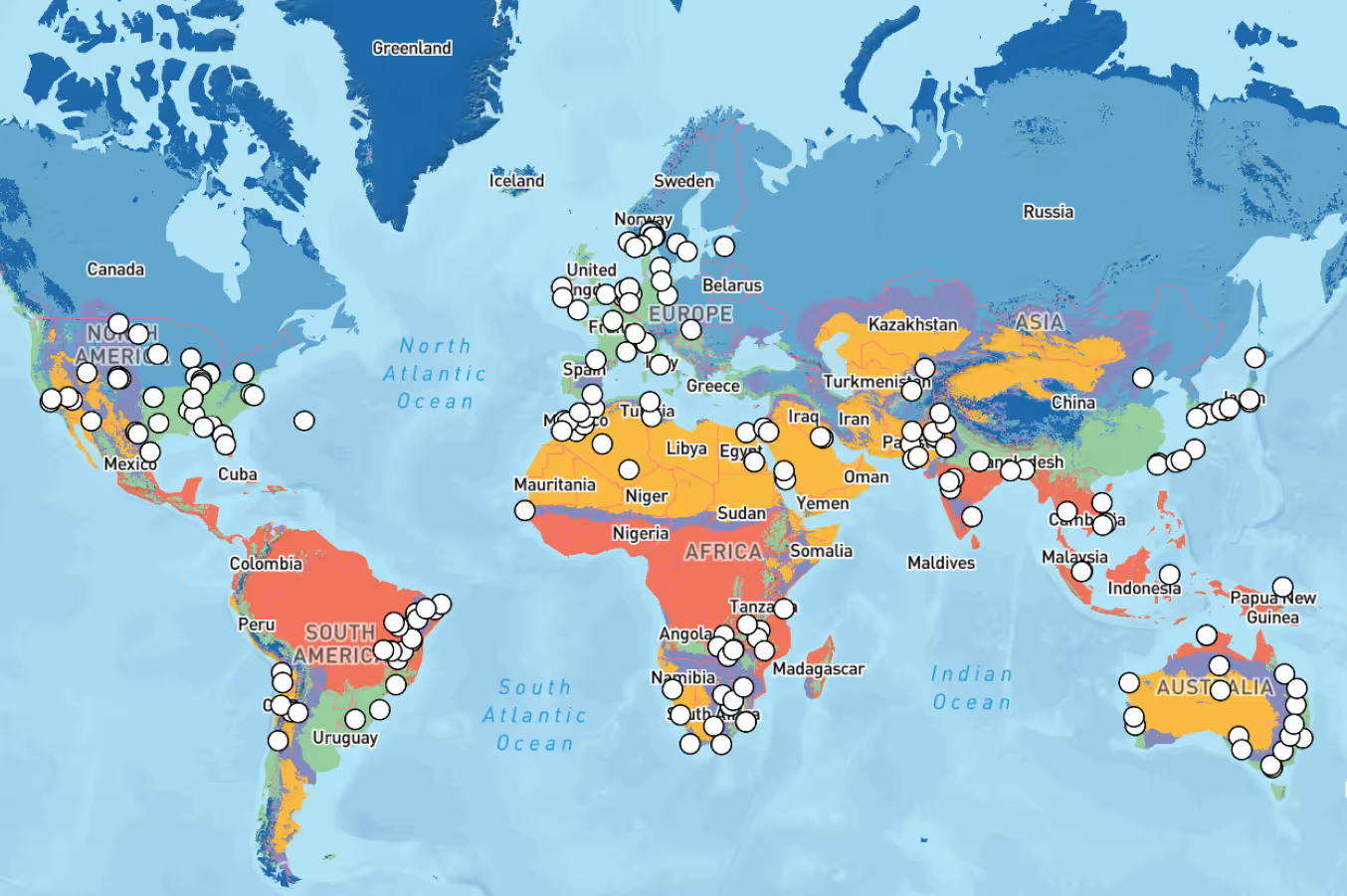
.avif)
